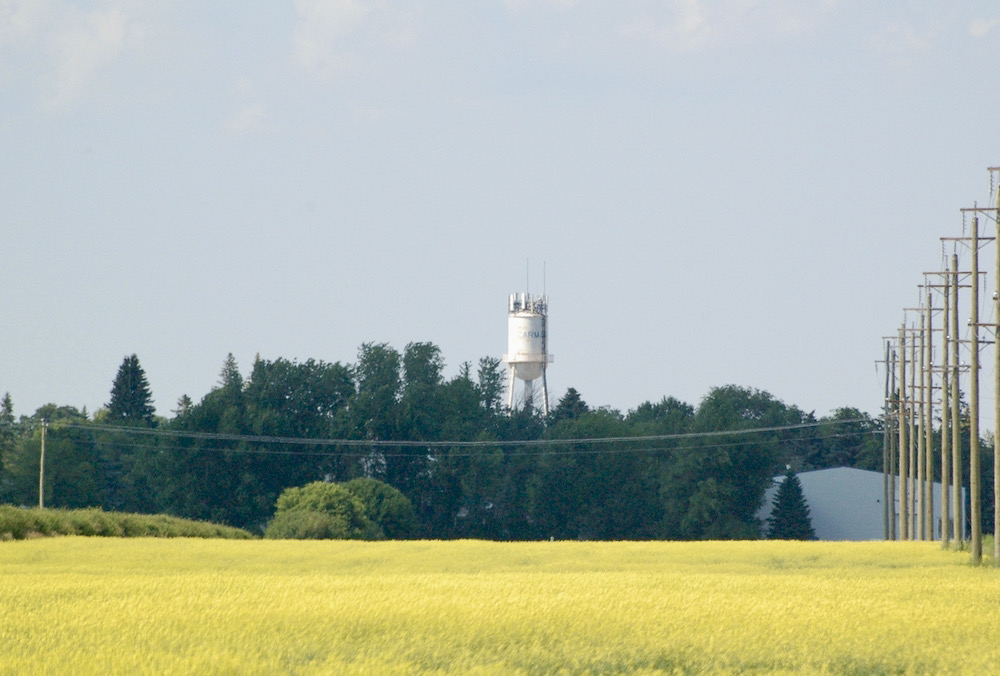Canola futures rose with mercury levels during the last week of June, as Western Canada baked in a ‘heat dome.’ The hot temperatures and lack of moisture were stressing crops across the Prairies, sending many contracts on the ICE Futures platform to new highs.
The November canola contract climbed above C$800 per tonne during the week. While old-crop contracts had traded above C$1,000 per tonne back in the spring, the move marked fresh highs for the new-crop contract. Technical signals remain pointed higher, but day-to-day price swings in reaction to shifting weather forecasts are expected over the growing season.
Read Also

Manitoba sclerotinia picture mixed for 2025
Variations in weather and crop development in this year’s Manitoba canola fields make blanket sclerotinia outlooks hard to pin down
Both Canada and the United States released updated acreage estimates during the week. Canola area was generally in line with expectations, but U.S. soybean acres came in well below trade guesses and sent the futures climbing sharply higher at the Chicago Board of Trade.
Canadian farmers seeded 22.5 million acres of canola this spring, according to Statistics Canada. That was up by roughly a million acres from the earlier forecast and nearly two million above what was seeded the previous year. High prices encouraged the additional area, but with the heat and dryness threatening yields production may still not be enough to meet demand — forcing the rationing that’s already boosting prices.
Meanwhile, soybean area in the U.S. was pegged at 87.6 million acres by the U.S. Department of Agriculture, which was unchanged from earlier projections. While that would still be up on the year, most industry participants had expected planted soybean area of at least a million acres more. CBOT soybeans shot sharply higher in reaction to the news, with corn area in the country also below expectations. Quarterly stocks for the two crops were deemed tight as well, highlighting the need for good weather to produce decent-size crops this year.
Wheat futures saw some choppy activity during the week, with the same heat and dryness that boosted canola underpinning the spring wheat market. Condition ratings for U.S. spring wheat were deteriorating, with many areas of Montana and the Dakotas already thought to be too far gone to benefit from any moisture.
Meanwhile, the U.S. winter wheat harvest is well underway, limiting the upside potential in the Kansas City and Chicago winter wheat contracts. The Minneapolis premium over Kansas City widened to a level not seen since 2017, with the September contract trading at more than US$2 per bushel above the equivalent Kansas City hard red winter wheat contract.




















